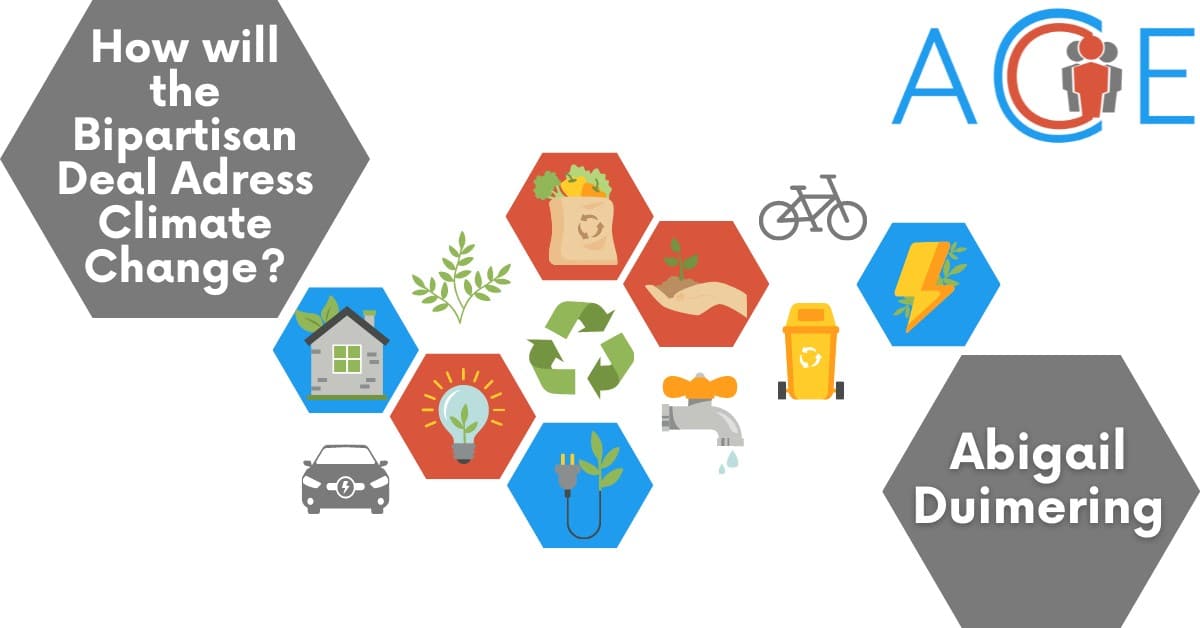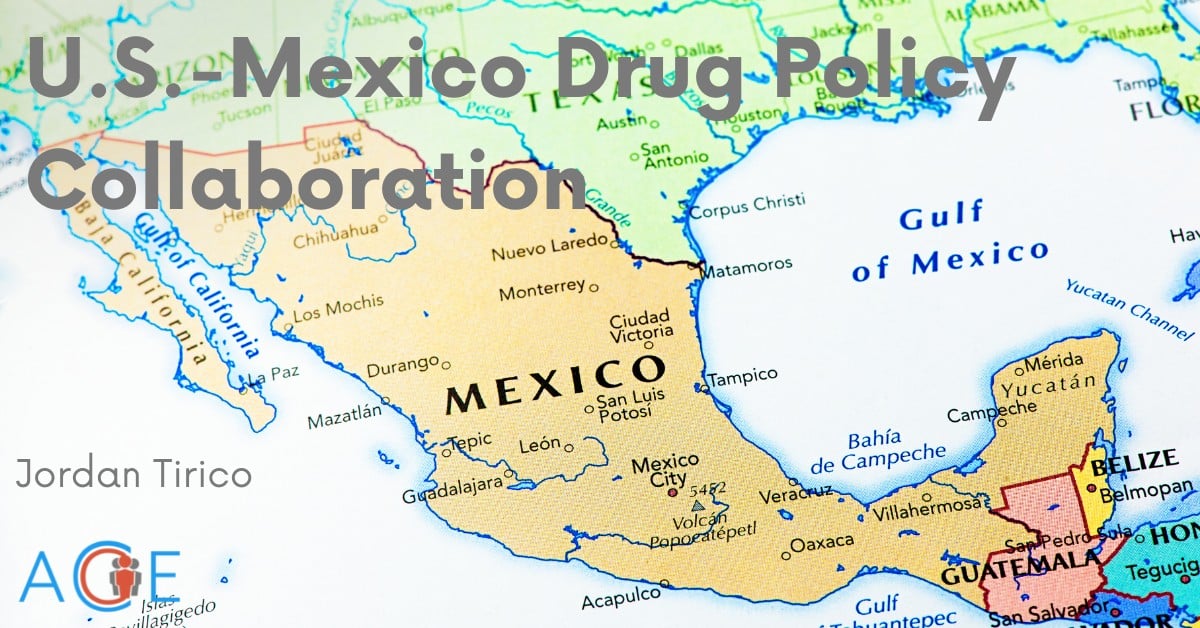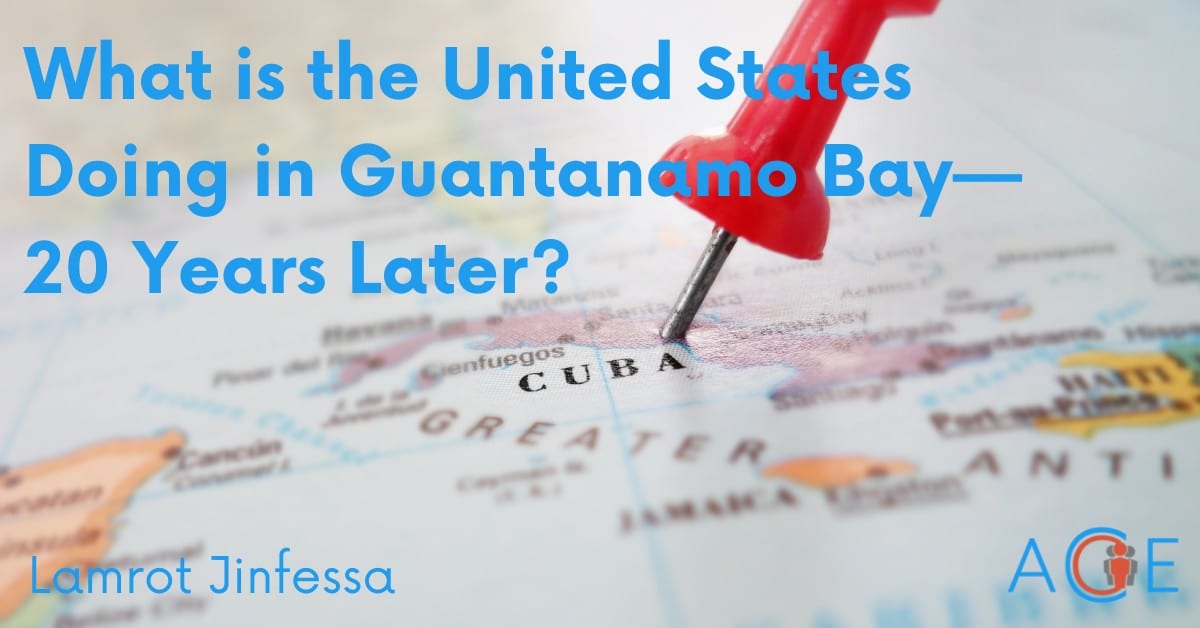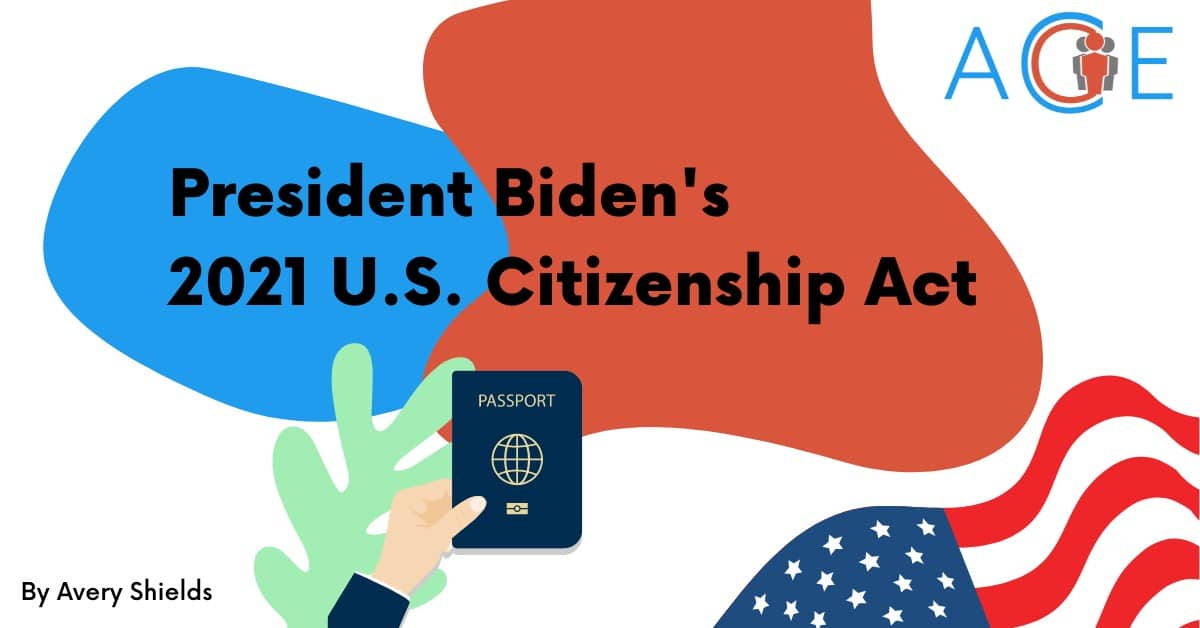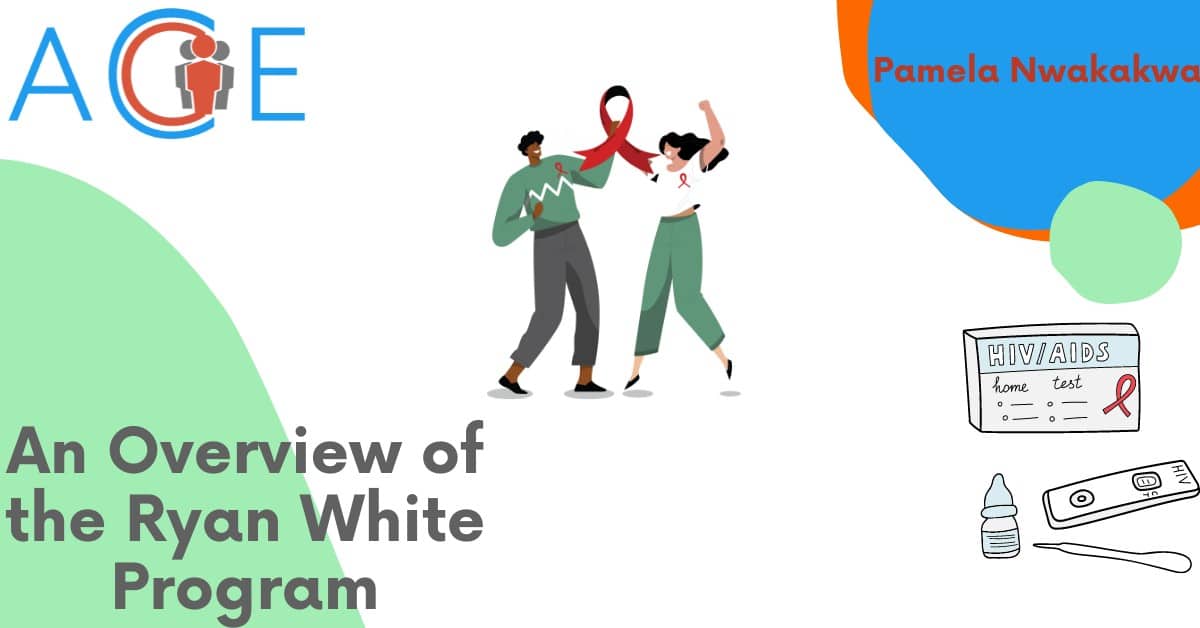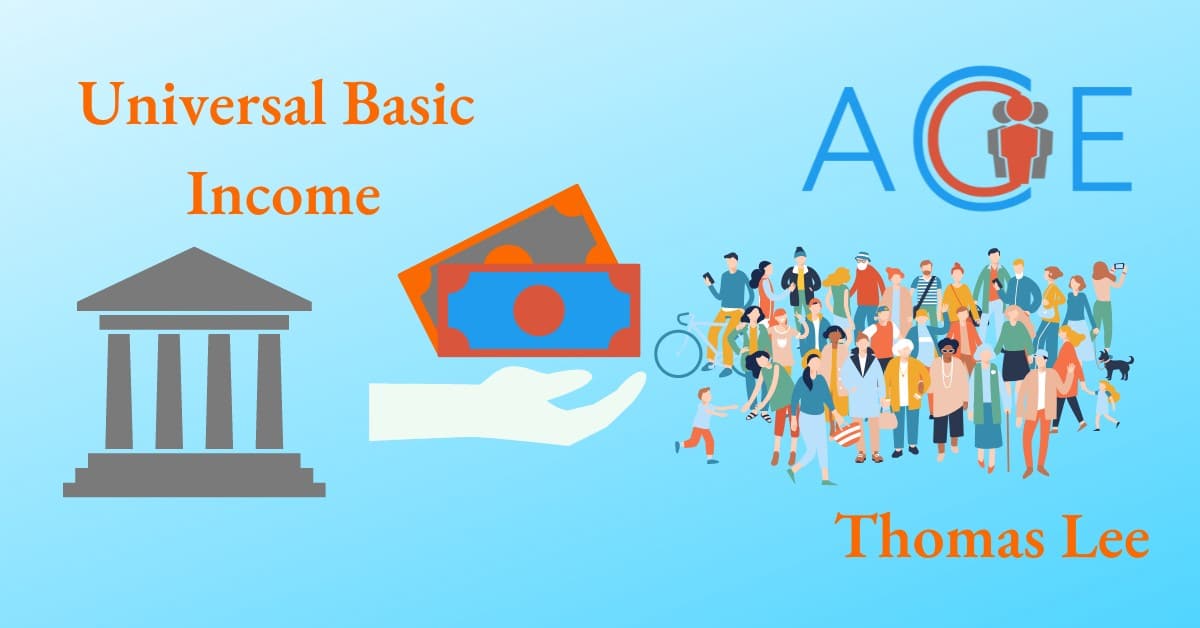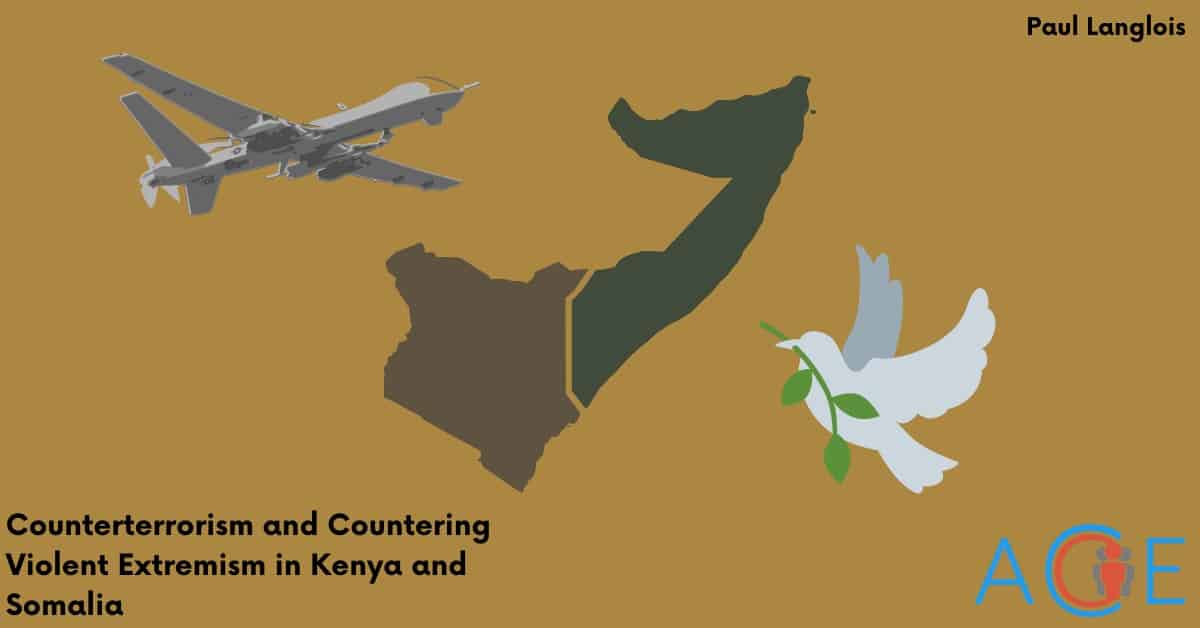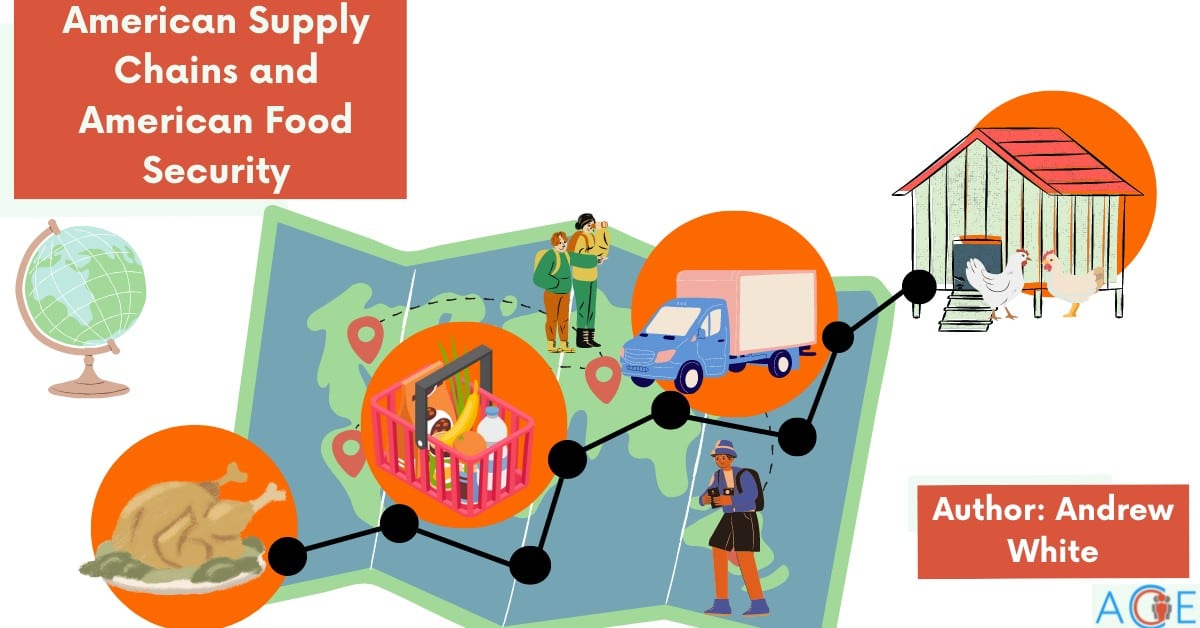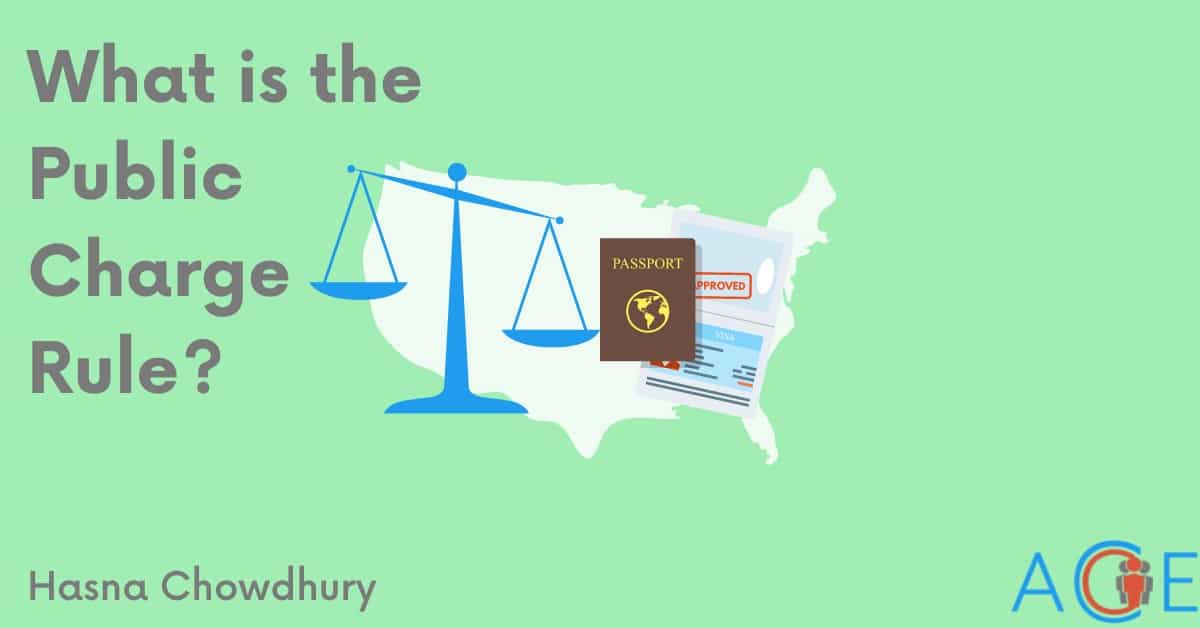Background Information on Greenhouse Gasses
Greenhouse gasses (GHG) can be emitted through natural processes and human activities. When looking at GHG emissions, CO2 is often tracked because it accounts for the largest portion of GHGs that are emitted from human activities. In 2020, 79% of all GHGs emitted by human activity in the U.S. was CO2. Fossil fuels are burned for energy production and emit CO2 in the process. Fossil fuel combustion for energy resulted in 73% of the total U.S. GHG emissions and 92% of total CO2 emissions in 2020. Because of this, energy production and climate change are interrelated, and legislation on energy is one way to understand the actions the U.S. has taken to address climate change.
The Bipartisan Infrastructure Deal and Environmental Policy
In November of 2020, Congress passed the Biden administration’s Bipartisan Infrastructure Deal which includes multiple provisions to address environmental justice and climate change. The bill invests in public transit and passenger rail, remove lead pipes, increase internet access, fix roads and bridges, upgrade airports and seaports, upgrade current power infrastructure, create a network of electric car charging stations, focus on environmental remediation, and build infrastructure resilient to extreme weather events. It also contains the following components:
- Upgrade power infrastructure by investing in clean energy transmission and the electric grid, with the goal of phasing out industries that are high emitters of GHGs, like coal.
- Decrease GHG emissions by creating a network of electric car charging stations to expand electric vehicle usability and accessibility.
- Focus on environmental remediation which is the removal of contaminants that cause environmental damage and health risks. It will do this by cleaning up superfund and brownfield sites (which are contaminated hazardous waste sites), reclaiming abandoned mines, and capping orphaned oil and gas wells.
- Build infrastructure resilient to extreme weather events by focusing on the weatherization of homes and buildings. This is a proactive response to climate change because as climate change progresses, extreme weather events are predicted to become more frequent and intense, which could bring more infrastructure damage unless buildings are more prepared.
Public opinion on the different aspects of the bill varies. The below survey done by the National Opinion Research Center at the University of Chicago shows the degree of public support for each facet of the bill.
What Should be Part of the Infrastructure Package?, National Opinion Research Center
Supporters of the Bipartisan Infrastructure Deal
Supporters of the Bipartisan Infrastructure Deal believe upgrading the current power infrastructure will reduce GHG emissions and help the U.S. to be more environmentally sustainable.
Supporters also note the potential for decreased GHG emissions with the introduction of more electric car charging stations, as the increased accessibility may influence people to convert from gas-powered cars to electric ones. Many car companies including Ford, GM, and Jaguar have all pledged to turn their fleets 100% electric or decrease their GHG emissions substantially in the coming years, and even the ride share service, Uber, is offering “Uber Green”, where users may opt to use electric vehicles. Supporters argue that planning ahead by installing electric car infrastructure now will ready the economy for the large expected increase in electric vehicles in the next several years.
Others see the bipartisan infrastructure deal as a positive step in working towards a clean energy future, and the bill’s efforts to address climate change are seen by some as an investment in America’s future. They believe new industry and infrastructure development will generate jobs, including construction on public transit, weatherization projects, budget experts overseeing project implementation, conservationists assisting in remediation, and environmental engineers. Additionally, supporters believe these projects could also create jobs indirectly, as they will require large amounts of supplies, and thus support raw materials manufacturers.
After COP26, the most recent annual United Nations climate change conference, 154 countries put forward new climate action plans to cut their emissions. Supporters feel that by completing the goals of the infrastructure deal, the U.S. would be following the goals of other nations in working towards clean energy, not coal based energy, and following the global standard to reduce GHG emissions.
Opponents of the Bipartisan Infrastructure Deal
Past administrations have proposed expensive infrastructure deals that have either not been successful, or not passed through Congress, so some question whether this bill will complete what it sets out to do. There is also concern over the cost of the bill.
In 1998, the Clinton administration created a $217 billion infrastructure bill focusing on highways and transit. In 2005, the Bush administration created a $286 billion transportation bill, SAFETEA-LU, that received negative feedback because people felt that the repaired infrastructure was not a priority. In 2009, the Obama administration created the American Recovery and Reinvestment Act, which cost $831 billion but did not complete the infrastructure goals it initially laid out. Under the Trump administration, four infrastructure deals were proposed but not passed due to concerns over the cost.
Others feel that the goal to limit GHG emissions and address climate change will only have a negligible impact on global warming. They believe the focus on limiting emissions drastically through a bill like the Bipartisan Infrastructure Deal is not where money should be focused. This perspective is shared by those who feel that the Bipartisan Infrastructure Deal will not do enough to reach the new emissions reduction goals set by the Biden Administration.
